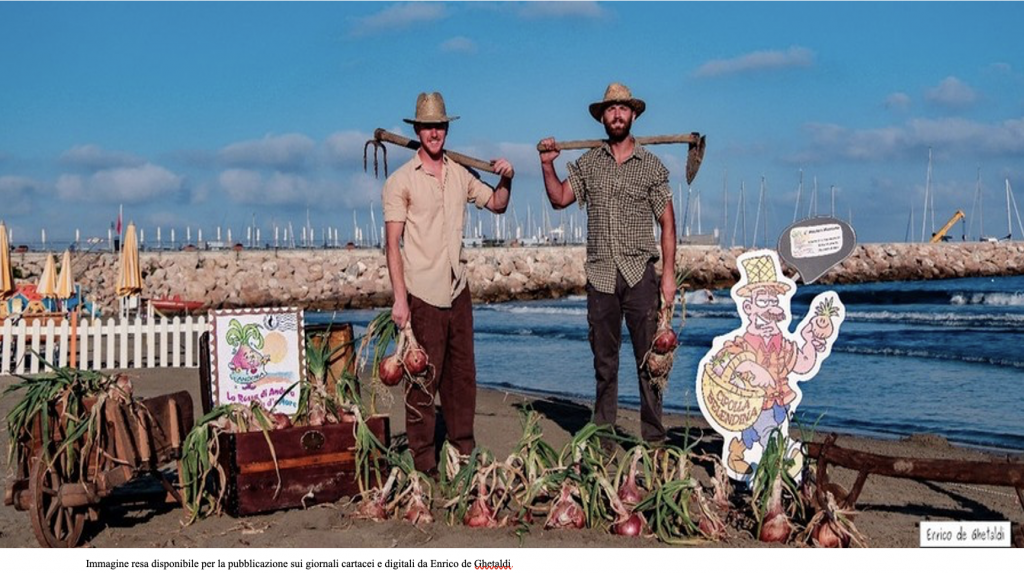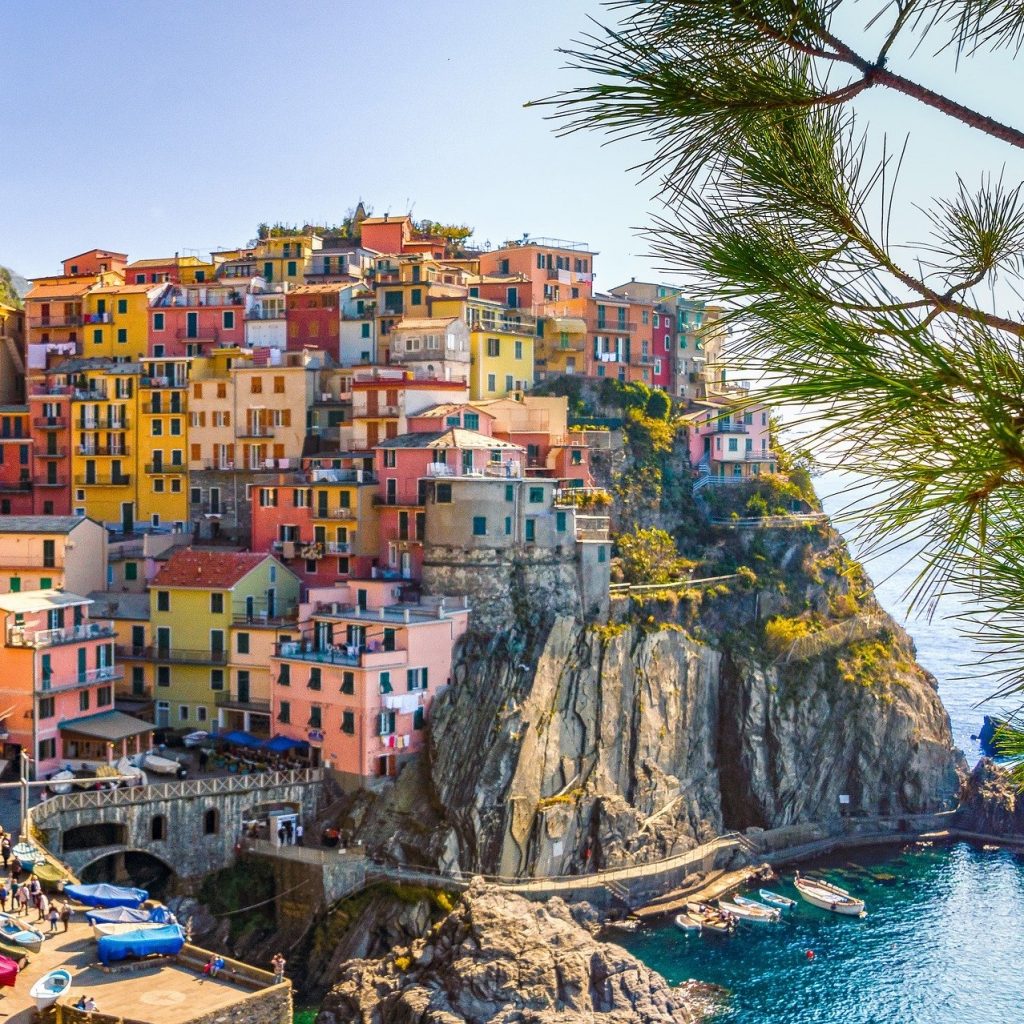The Andora red onion: from oblivion to SlowFood presidium, a gastronomic competition between Liguria and Calabria.
By Manola Gaggino
Translated by Jack Davidson Walmsley
When we think of Tropea, recently crowned “Borgo dei Borghi 2021”, we automatically think of crystal-clear sea, summer and holidays, but Tropea is not just that. It is an area with an important agricultural past: who does not know the famous red onion of Tropea? A humble product that has sustained the local economy for years, gaining such a reputation over time that it has also had an impact on tourism in the area.
The challenge against the Tropea onion comes from a small coastal municipality in western Liguria. Today we would like you to discover Andora (SV), where a red onion is produced that is characterised by its extraordinary size and sweetness. Not yet known as its Tropea cousin, the Belendina di Andora onion, now a SlowFood presidium, has its origins in the rural past of the Andora valley.

A peculiar name for a unique product, whose history blends with legendary sea adventures and peasant values of the past century. The origin of the Belendina seed is unclear, but we have reconstructed its origins through the oral testimony of the local elderly, descendants of the farmers who, at the turn of the century, cultivated the great red onion in the fields to the east of the valley. A farmer (Settimo Denegri) worked on these fields and during his youth he made several sea voyages, from which he presumably brought with him the seed of the sweet onion, the gift of an adventure in distant lands. The production of the great red onion flourished for many years during the 20th century, only to be overshadowed by new economic interests.
The story of the Belendina is one of resilience and territorial rediscovery, the bulb having survived for years in the small plots of the local elders, was forgotten by most but not all.
The decline in its production began with the development of tourism on the Ligurian Riviera; from the mid-20th century onwards, most of the fields were sold and converted: where there had previously been cultivated fields, in the 1950s mansions and buildings were built to become holiday homes; this led to a radical change in the local economy, no longer driven by agriculture but by the tourism industry, which flourished thanks to its proximity to the industrial cities of the north and the beautiful sandy coastline.

Not everyone, fortunately, renounced the values of the land: there was one far-sighted family from Piedmont who decided not to sell their plot of land in order to continue farming, and it is on this small piece of land that Belendina survived, cultivated by the farmers who served the family.
But where does the name Belendina come from? The product takes its name from a farmer who grew up in Andora, Trentino Bellenda, born in 1926, who, upon tasting the onion, was so struck by its sweetness and quality that he began his own cultivation and gave the precious seed to other agricultural workers in the area. He soon became one of the last guardians of this humble gift of nature, so much so that the people of Andora began to identify Bellenda as the ‘father’ of the onion, christening it Belendina.
When Mr. Bellenda ceased production, the Andora onion survived its demise only thanks to the small-scale cultivation in the home gardens of the farmer himself and some of his old friends, who were his guardians of the extraordinary seed. The red onion was on the verge of disappearance, kept alive by very few and forgotten by most.
Fortunately, someone remembered the humble ‘treasure’ that had thrived in the area throughout the 20th century and, thanks also to the growing interest in rediscovering local products, a few years ago a committee was set up to research the history of the product, promoting it and bringing its cultivation back into fashion. Since it had been forgotten by most, within the space of a few years the Belendina was back in the news, thanks to its promotion, the organisation of dedicated events and furthermore being awarded the SlowFood presidium.
This extraordinary vegetable with its peculiar name and mysterious origins will perhaps never achieve the fame and resonance of its Calabrian cousin, but we can only recommend that you discover its extraordinary flavour for yourself during the summer events organised by the Committee for the Promotion of the Belendina Onion, a unique opportunity to taste traditional Ligurian dishes and visit the Andorese coast.


